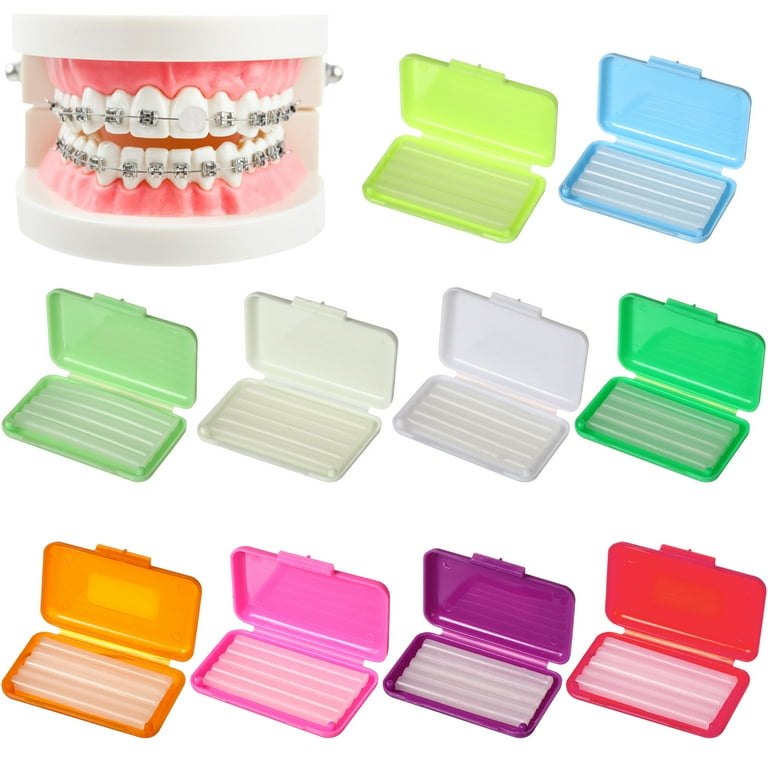Choosing the most effective Cumming Orthodontics for Effective Braces and Aligners Solutions
Comprehensive Overview to Orthodontics Procedures for Dealing With Dental Imbalances
In the realm of orthodontics, the trip to accomplishing a completely lined up smile entails a myriad of treatments tailored to correct oral imbalances. From traditional dental braces to unnoticeable aligners and even surgical alternatives, the area of orthodontics supplies a variety of solutions to attend to varying degrees of dental abnormalities. Recognizing the complexities of each procedure, including their systems, benefits, and potential drawbacks, is crucial in making educated choices about one's orthodontic therapy. As we browse through the extensive guide to orthodontic procedures for correcting dental misalignments, the complex details of each approach will unfold, shedding light on the course toward a harmonious and useful oral placement.
Orthodontic Procedures Introduction

Normal adjustments and surveillance are essential parts of orthodontic treatment to guarantee development is on track and to make any type of necessary alterations along the method. By going through orthodontic procedures, clients can not only accomplish a straighter grin however additionally boost their total dental health and feature.
Conventional Dental Braces: Just How They Work
When thinking about orthodontic treatments for dental misalignments, traditional dental braces stand out as a time-tested method for remedying teeth positioning. Conventional braces are composed of brackets, cords, and bands that work together to apply constant stress on the teeth, gradually moving them right into the preferred positioning.
One secret facet of just how traditional braces job is the process of bone renovation. As stress is related to the teeth with the dental braces, the bone bordering the teeth is improved to support the new tooth positions. This improvement is important for the long-term stability of the fixed positioning. Individuals will need regular changes at the orthodontist's workplace to ensure the braces remain to apply the appropriate stress for efficient teeth movement.
Unnoticeable Aligners: Cons and pros
These clear, personalized trays are practically undetectable when used, making them an appealing alternative for individuals seeking a much more cosmetically pleasing orthodontic treatment. Patients can remove the aligners before eating or brushing their teeth, lowering the threat of food getting stuck in the appliance and simplifying the cleansing process.

Surgical Orthodontic Options
Surgical treatments in orthodontics present sensible options for attending to intricate oral imbalances that might not be efficiently fixed via conventional orthodontic therapies. While unnoticeable aligners and traditional braces can correct lots of orthodontic problems, specific instances need surgical intervention why not try here to achieve ideal outcomes. Surgical orthodontic options are usually suggested for serious malocclusions, considerable jaw disparities, and instances where the underlying bone framework requires modification to attain correct placement.
One usual surgical orthodontic treatment check my site is orthognathic surgical procedure, which includes rearranging the jaws to deal with functional problems such as trouble speaking or eating. This surgical treatment is commonly done in partnership with an orthodontist who assists line up the teeth prior to and after the treatment. Surgical orthodontics may additionally involve treatments to expose influenced teeth, remove excess periodontal cells, or improve the jawbone to create a more unified face account.
Prior to considering surgical orthodontic options, individuals undertake a detailed evaluation to identify the need and prospective benefits of such interventions. invisalign. While surgical treatment might seem difficult, it can considerably enhance both the feature and looks of the smile in cases where traditional orthodontic treatments fail
Retainers and Post-Treatment Treatment

Post-treatment treatment entails following the orthodontist's directions faithfully. This might include appropriate oral hygiene practices, attending follow-up consultations, and putting on the retainers as recommended. Failing to abide by post-treatment care guidelines can result in regression, where the teeth slowly relocate back in the direction of their initial placements. Consistent retainer wear, great oral health, and normal oral exams are crucial for maintaining the results achieved via orthodontic surgical More about the author procedure and making sure the lasting stability of the remedied oral alignment.
Conclusion
In final thought, orthodontic treatments use different alternatives for dealing with dental imbalances. Surgical orthodontic options are offered for much more severe imbalances. Generally, orthodontic treatments can effectively improve dental health and aesthetic look.
As we browse with the thorough overview to orthodontic procedures for remedying dental imbalances, the intricate information of each method will certainly unfold, losing light on the path towards a useful and unified oral alignment. - aligners
One of the most usual orthodontic therapies is the use of dental braces, which are composed of steel brackets and wires that use mild pressure to gradually move teeth into the wanted placement.When thinking about orthodontic therapies for dental imbalances, conventional dental braces stand out as a time-tested approach for dealing with teeth positioning. Additionally, invisible aligners might not be appropriate for intricate orthodontic problems that need even more significant teeth movement, as they are usually advised for moderate to modest situations. Retainers are custom-made orthodontic devices made to hold teeth in their dealt with settings after the conclusion of orthodontic therapy.